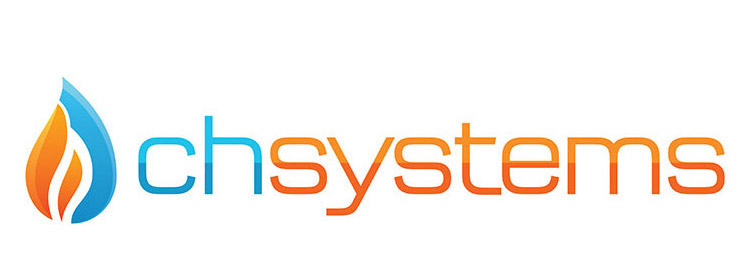Government axes support for Green Deal!
The Government has announced that it will offer no further financial support to the Green Deal Finance Company (GDFC), citing lack of interest and concerns over industry standards as reasons for the decision.
The Government’s withdrawal of funds will have no impact on existing Green Deal Finance Plans or existing Green Deal Home Improvement Fund applications and vouchers.
The ‘Green Deal’ rolled out in 2013 as an initiative designed to help business and home owners employ more green technologies in and on their properties. Applicants were granted loans that would be paid back through energy bills over a period of time. The scheme also offered cash-backs and incentives on things such as double-glazing, insulation and boilers.
For both home owners and businesses, the building would effectively be responsible for the costs of all the improvements and these costs would be repaid through the energy bill related to the property. Upon the sale of the property in question, the new owner would take over the energy bills pertaining to the previous owner’s Green Deal loan.
There were no upfront costs for the applicant to incur at the outset. The only cost would have been the assessment, which might be waived or enveloped by the provider depending on the deal struck between the provider and the business (or home owner) applying.
The golden rule of the Green Deal was that the expected financial savings must be equal to or greater than the costs attached to the energy bill. And yet the plug failed to engage.
According to the Heating & Hotwater Industry Council, (HHIC), the news came as no surprise;
“This policy failed to engage with both installers and consumers, and delivered little in terms of energy efficiency. Its demise therefore is expected and understandable.”
Interestingly, the Government has not come up with a replacement scheme to reduce the UK’s carbon footprint. The Department of Energy and Climate Change (DECC) has, however, expressed interest in working with the building industry and consumer groups to agree a new “value-for-money approach.”
If you missed out on the Green Deal and are thanking your lucky stars but inadvertently lamenting the loss of the opportunity to eco-up your business and save money in the long term, perhaps this was just a learning curve and the best policy is yet to come. Here’s hoping.
Source: bbc.co.uk – “Green Deal funding to end, government announces” and Hvnplus.co.uk – “Government ends Green Deal Finance Company funding”.
If you’d like further information, feel free to contact the CH Systems team on 0208 302 8149 or info@chsystems.cc.


